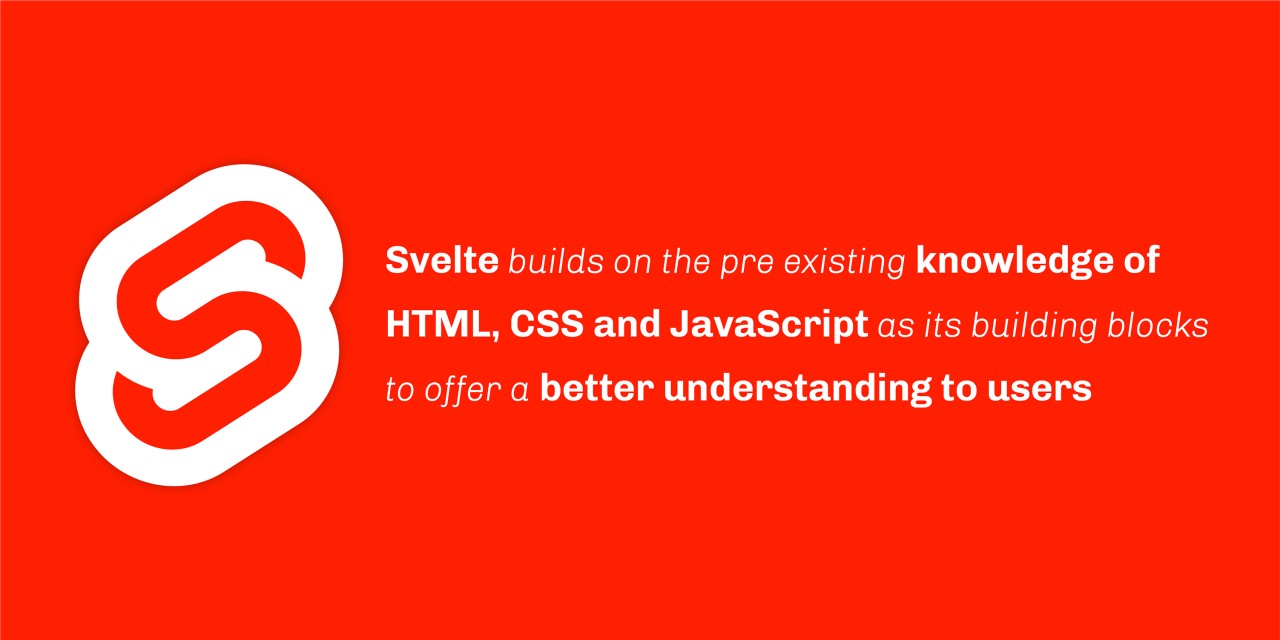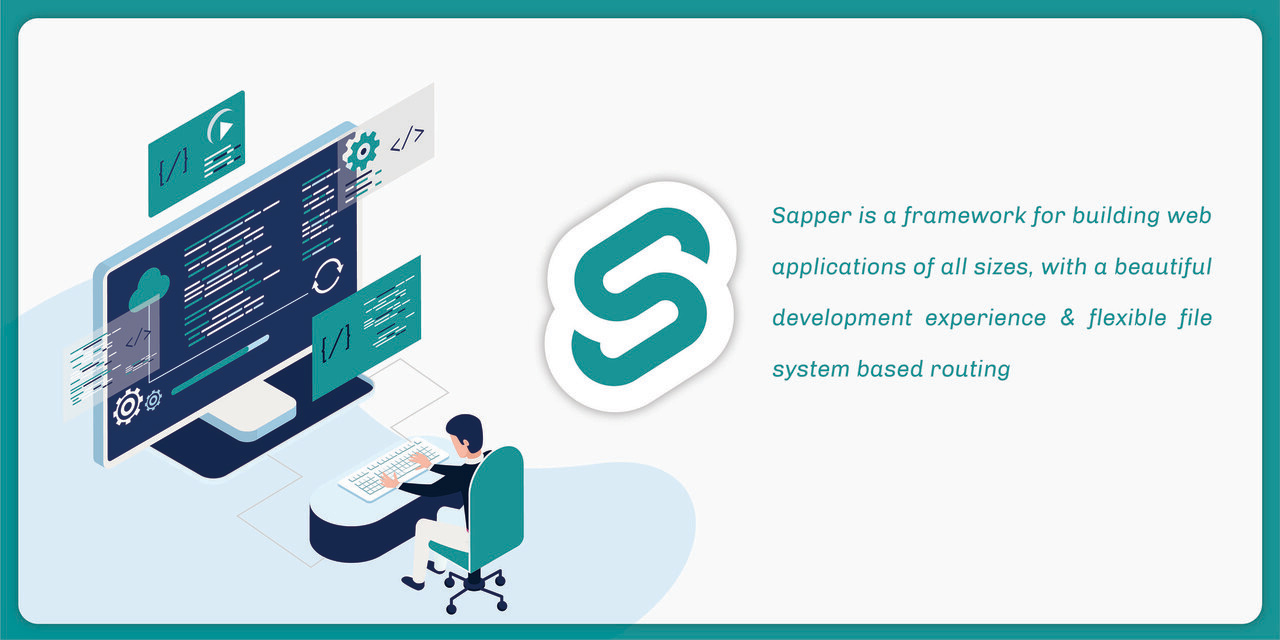Javascript has been one such domain where continuous developments have been happening ever since you can remember. Every day we hear about one or more new frameworks coming in, each claiming to better than its predecessor. There are numerous frameworks available in the market today, some of the most popular ones being ReactJS, VueJS, Angular.
However, the latest framework in the market that has got every developers attention is called SvelteJS. Svelte builds on the pre- existing knowledge of CSS, JavaScript and HTML as its building blocks to offer a better understanding to users.
Svelte serves like a launch-pad, a medium to get hands-on with concepts like declarative functions and different CSS types.
What makes SvelteJS stand out from other component-based JavaScript frameworks?
For those who are new to coding and wish to avoid going down the rabbit hole of hot reloads and components, Svelte is a simpler alternative. Unlike your usual frameworks having different files, Svelte compiles them all into one single file. Being a framework, it does not rely on a virtual DOM but the code that’s written updates the DOM as and when required based upon the changes in the apps state.
How does Svelte work?
The straightforward explanation of how Svelte works is: You take out the application or website you are building, render it using pure JS and it should be visible to your team.
How does Svelte stack up to its competition?
It is natural for a new Framework to be compared with those which have been around for a long time and have established a niche for themselves.
The most popular JS Frameworks are React, Angular, and Vue; but they are all based on the same concept of waiting for the code to load before building a virtual DOM. It is after this step that a page is ready to be rendered.
On the contrary, Svelte is more like a compiler. It compiles the code components into a JavaScript eliminating the need to rely on Virtual DOM and browser DOM. You can choose to write your component’s code using HTML, JavaScript or CSS, and Svelte will compile them into solo JavaScript modules. This process makes it easier to create and roll out applications at a faster pace than other Frameworks.
What’s more to know about Svelte?
Beginner Friendly
This is probably the biggest reason why Svelte has seen an exponential rise in popularity. Developers can directly access variables improving the creation process and experience multiple times. The Framework helps developers to learn basic methodologies about component states without confusing them.
Compatibility
Applications built on Svelte can be easily integrated with components built on Angular, React, or any other Framework. The cross framework compatibility offered by Svelte means that developers won’t have to recreate components in other frameworks.
Open Source
As are the benefits of any open-source software, Svelte is free and requires no investments. Svelte has its very own development environment on GitHub which allows you to seek help from professionals.
What is the future for SvelteJS?
Whether Svelte surpasses the credibility of React, Vue, and Angular is still a little too soon to answer.
Currently Svelte has not achieved the popularity as some of its counterparts, it lacks any big corporation backing it up, not to say that it is an essential requirement. A recent survey conducted has shown that there is a rise in the popularity of Svelte libraries among developers. This means that the future does look to be bright for Svelte but it is a long journey that this relatively newer platform has to partake.
The main USP for Svelte can be summarized as:
- No extra plugins needed because of its component-based framework.
- State management is easily handled.
- No editor extensions are required to add custom styling.
- It is an Open Source.
If you are seeking professional help to see if Svelte fits your requirements, then get in touch with us today at AVI Web Solutions and we’ll offer you a consultation and assistance in developing your project. Our team of experts will help decipher which technology is best suitable for your needs.




